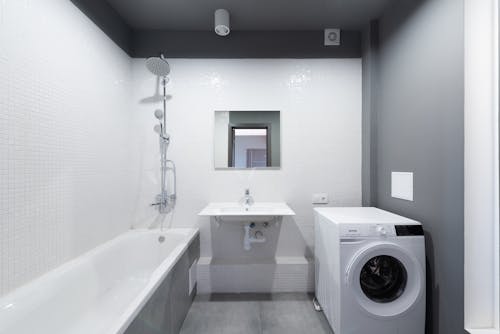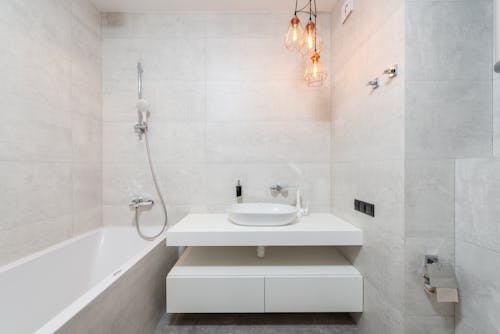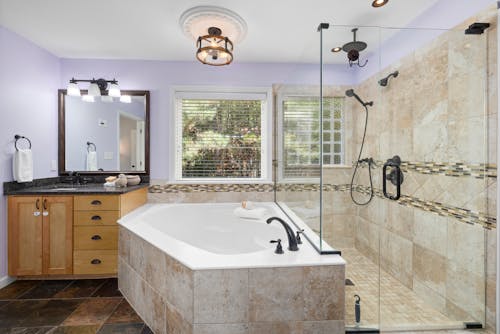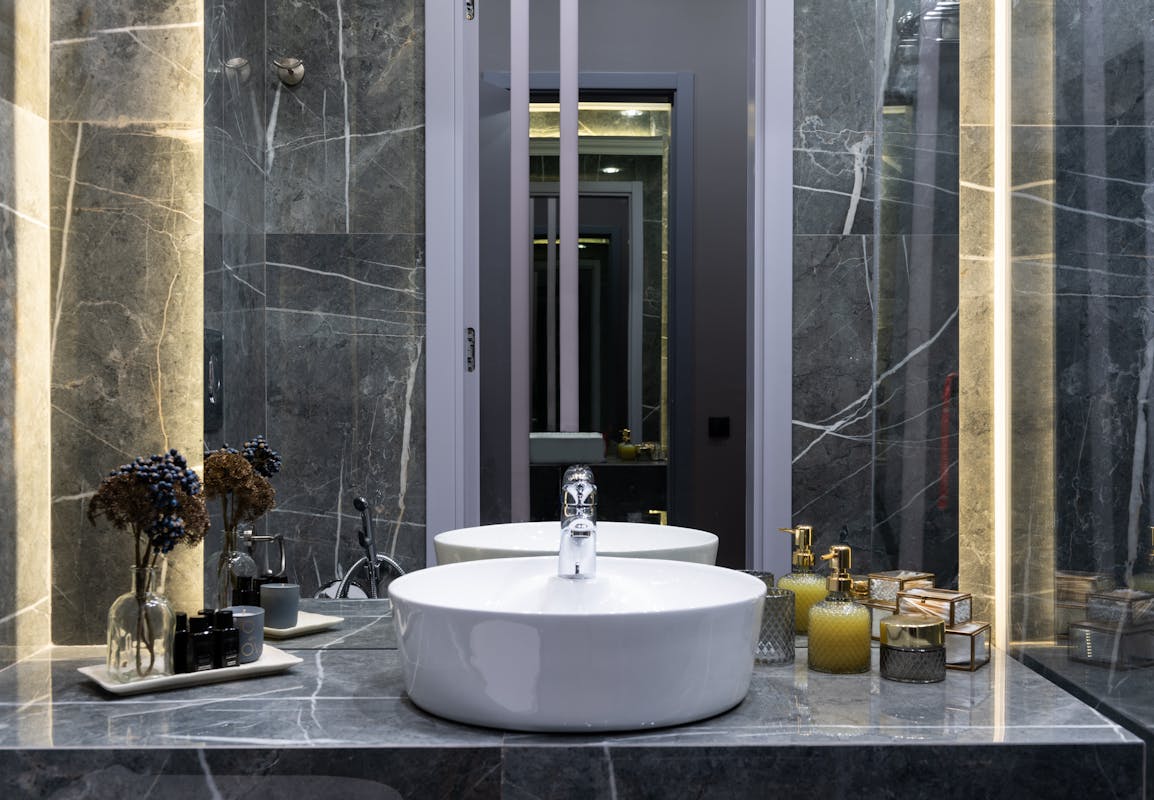When it comes to creating the perfect bathroom space in your home, understanding the ins and outs of bathroom plumbing is crucial.
From ensuring proper water flow to preventing leaks and clogs, having a solid grasp of bathroom plumbing can make all the difference.
In this blog post, we’ll explore the top essential bathroom plumbing design tips to help you achieve your dream bathroom while maintaining optimal functionality.
Table of Contents
Understanding Bathroom Plumbing Basics

Before diving into the design tips, it’s essential to understand the basics of bathroom plumbing. The plumbing system in your bathroom consists of various components, including pipes, drains, fixtures, and fittings. These elements work together to supply water, remove waste, and maintain the overall functionality of your bathroom.
Essential Bathroom Plumbing Design Tips

A luxurious bathroom renovation can have a seductive draw.But while selecting gorgeous fixtures and tiles, it’s important to remember to give your bathroom’s plumbing system top priority.The unseen foundation that guarantees your gorgeous bathroom operates flawlessly, produces plenty of water pressure, and avoids expensive leaks later on is proper plumbing. When you’re remodeling your bathroom, remember these crucial plumbing design ideas for bathrooms:
Planning is Paramount
Before demolition commences or a single tile is laid, invest time in meticulous planning for your bathroom plumbing layout. Here’s what this entails:
- Fixture Placement: Sketch out the desired location of your sink, toilet, shower, and bathtub. Consider how you’ll navigate the space – ensure there’s ample clearance around fixtures for comfortable use.
- Prioritize Functionality: Think about how you’ll use the bathroom. Will you need double sinks? Where will towel racks be most convenient? Planning the plumbing around functionality ensures a comfortable and efficient bathroom experience.
- Minimize Pipe Runs: The shorter the distance water travels through pipes, the better the water pressure. When planning your bathroom plumbing layout, aim to keep fixtures close to the existing drain and water lines (wet wall) whenever possible. This minimizes long pipe runs that can lead to water pressure issues and potential leaks.
Considering the Future and Water Efficiency
A well-designed bathroom plumbing system is an investment that should serve you well for years to come. Here’s how to ensure your design considers future needs and water conservation:
- Future-Proofing: Anticipate potential future needs. If bidets, heated towel racks, or smart toilets are on your wishlist, incorporate additional water supply lines or empty conduit pipes behind walls during the initial plumbing installation. This allows for easier upgrades later without needing to rip out walls.
- Water Conservation Matters: Opt for low-flow toilets and faucets to save water and reduce your utility bills. Water-efficient fixtures deliver excellent performance while minimizing water usage.
Not Just About Supply: Drainage Matters Too!

While planning the water supply lines for your bathroom plumbing, don’t neglect the drainage system:
- Proper Venting: Ensure proper venting for all drains. Venting allows air into the drainage system to prevent siphoning of water from traps, which can lead to foul odors and slow drains.
The Importance of Pipe Sizing
The size of the pipes in your bathroom plumbing system directly impacts water pressure:
- Choosing the Right Size: Using pipes with an inadequate diameter can lead to weak water pressure throughout the bathroom. Consult a licensed plumber to ensure you select the appropriate pipe sizes for your specific bathroom layout and the number of fixtures you plan to install.
The Benefits of Professional Plumbing Design
While DIY can be tempting, it is a job best left to the professionals:
- Safety First: Plumbing mistakes can be costly and disruptive. Licensed plumbers ensure your bathroom plumbing system adheres to building codes and safety regulations. They know how to properly install pipes, joints, and fixtures to prevent leaks and potential water damage.
- Expertise and Efficiency: Professional plumbers possess the knowledge and experience to design an efficient and functional bathroom plumbing system tailored to your unique bathroom layout. They can identify potential problems early on and recommend alternative solutions to avoid costly mistakes later.
- Peace of Mind: Knowing your bathroom plumbing is designed and installed correctly by a qualified professional offers peace of mind. This ensures the longevity and functionality of your bathroom remodel, avoiding future headaches and repairs.
Conclusion
To create a space in your house that is both visually stunning and useful, you must become an expert in bathroom plumbing. You can make sure that your bathroom plumbing is optimized for life and efficiency by paying attention to these key design details.
To maintain the best possible state of your plumbing system, don’t forget to plan your layout, select high-quality fixtures, give ventilation first priority, protect your pipes, and plan for routine maintenance.
You may create a stylish and comfortable retreat in your bathroom by keeping these suggestions in mind.

